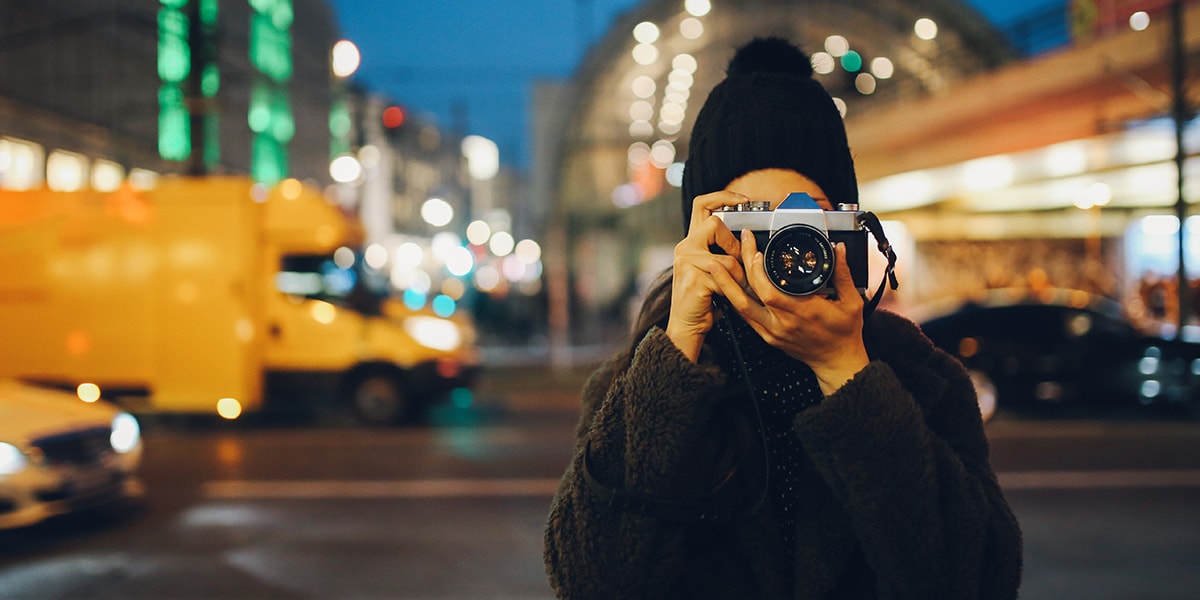Get This Report about Street Photographers
Get This Report about Street Photographers
Blog Article
10 Simple Techniques For Street Photographers
Table of ContentsNot known Facts About Street PhotographersNot known Incorrect Statements About Street Photographers The 15-Second Trick For Street PhotographersThe 9-Second Trick For Street PhotographersSome Known Factual Statements About Street Photographers
Road digital photographers do not necessarily have a social function in mind, but they prefer to isolate and record moments which could otherwise go unnoticed.He was influenced by many of those who affected the street digital photographers of the 1950s and '60s, he was not mainly interested in capturing the spirit of the road., that worked side by side with digital photographers attempting to catch the significance of city life.
As a result of the relatively primitive modern technology readily available to him and the lengthy exposure time called for, he struggled to capture the pressure of the Paris streets. He experimented with a series of photo techniques, trying to locate one that would certainly permit him to catch activity without a blur, and he located some success with the calotype, patented in 1841 by William Henry Fox Talbot. Unlike Atget, professional photographer Charles Marville was hired by the city of Paris to produce an encyclopaedic file of Haussmann's urban planning job as it unravelled, hence old and brand-new Paris. While the digital photographers' subject was essentially the same, the outcomes were considerably various, showing the impact of the photographer's bent on the personality of the pictures he created.
Offered the fine quality of his photos and the breadth of material, engineers and musicians typically got Atget's prints to use as referral for their own job, though business interests were barely his major inspiration. Instead, he was driven to photograph every last remnant of the Paris he enjoyed.
The 4-Minute Rule for Street Photographers
They reveal the city with his eyes. His job and essential understanding of photography as an art form served as motivation to generations of professional photographers that adhered to. The future generation of street digital photographers, though they likely did not refer to themselves as such, was introduced by the photojournalism of Hungarian-born photographer Andr Kertsz.
Unlike his peers, Brassa used a larger-format Voigtlnder video camera with a longer direct exposure time, compeling him to be more computed and thoughtful in his method than he could have been if making use of a Leica. (It is assumed that he might not have actually been able to pay for a Leica during that time, yet he did, however, make use of one in the late 1950s to take colour pictures.) Brassa's photos of the Paris underworld illuminated by synthetic light were a revelation, and the collection of the series that he published, (1933 ), was a significant success.
Cartier-Bresson was a champion of the Leica camera and among the first photographers to maximize its abilities. The Leica allowed the digital photographer to engage with the environments and to capture moments as they occurred. Its relatively tiny size also helped the digital photographer discolor into the history, which was Cartier-Bresson's preferred technique.
Some Known Details About Street Photographers
It is due to the fact that of this fundamental understanding of the art of image taking that he is often credited with rediscovering the tool all over once more approximately a century given that its development. He took here are the findings pictures for even more than a half century and affected generations of professional photographers to trust their eye and intuition in the minute.
These are the concerns I will try to address: And after that I'll leave you with my own meaning of street photography. Yes, we do. Let's kick off with specifying what a meaning is: According to (Street Photographers) it is: "The act of specifying, or of making something definite, distinctive, or clear"
No, definitely not. The term is both limiting and use this link misguiding. Seems like a street digital photography need to be pictures of a roads best?! And all road digital photographers, besides a handful of absolute newbies, will completely appreciate that a road is not the vital element to street photography, and in fact if it's a photo of a road with possibly a couple of boring people not doing anything of passion, that's not street digital photography that's a snapshot of a road.
The 5-Second Trick For Street Photographers
He makes a legitimate factor don't you assume? While I agree with him I'm not sure "honest public digital photography" will catch on (although I do kind of like the term "candid digital photography") since "road photography" has been around for a lengthy time, with numerous masters' names connected to it, so I think the term is here to stay (Street Photographers).
Inside?! I hear you scream as you shake your hand to the read what he said sky. Why not? You can contend the coastline, at a festival, in a street, in a park, in a piazza, in a coffee shop, at a gallery or art gallery, in a metro station, at an occasion, on a bridge, under a bridge ...

Some Known Factual Statements About Street Photographers

Report this page